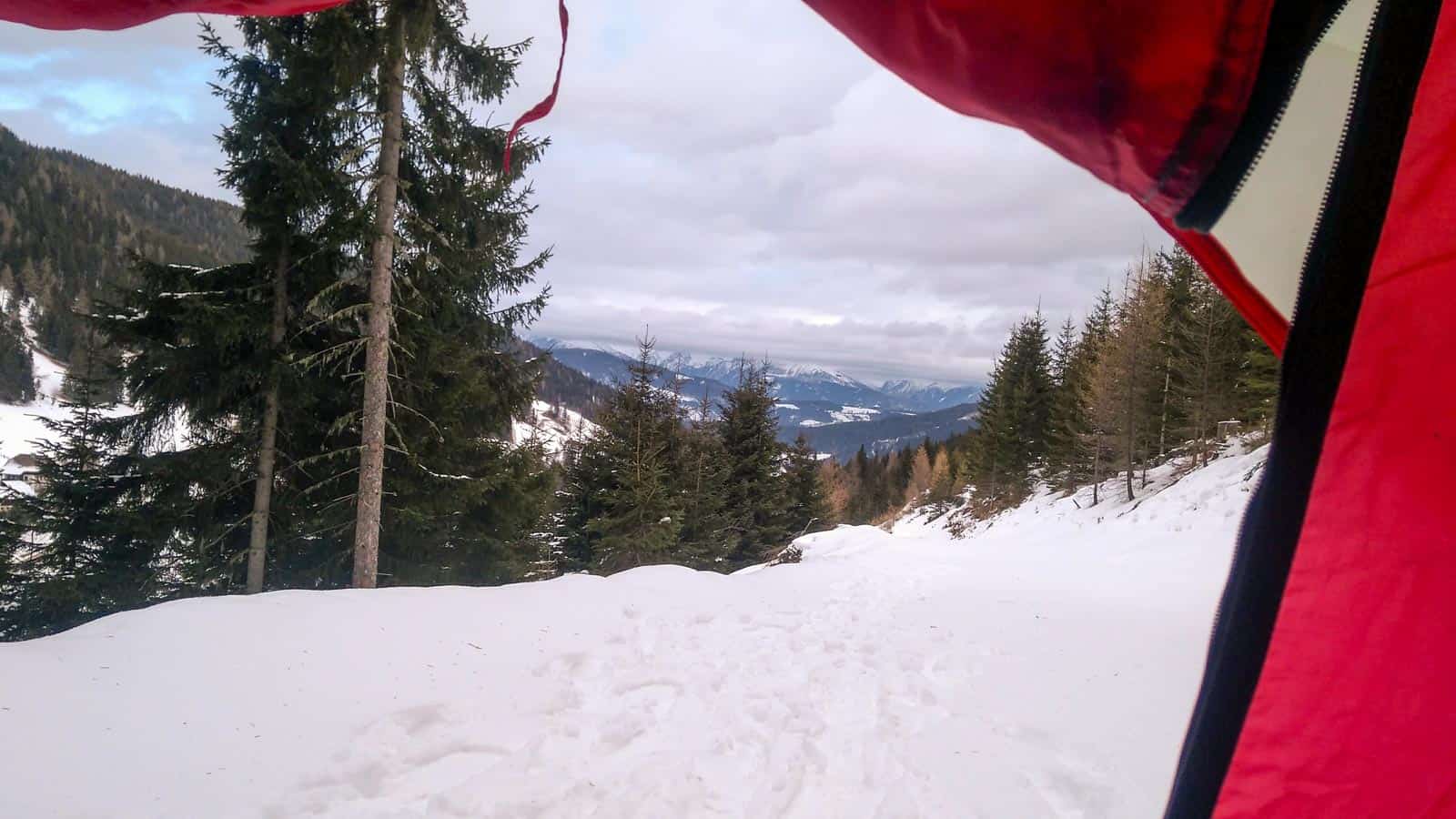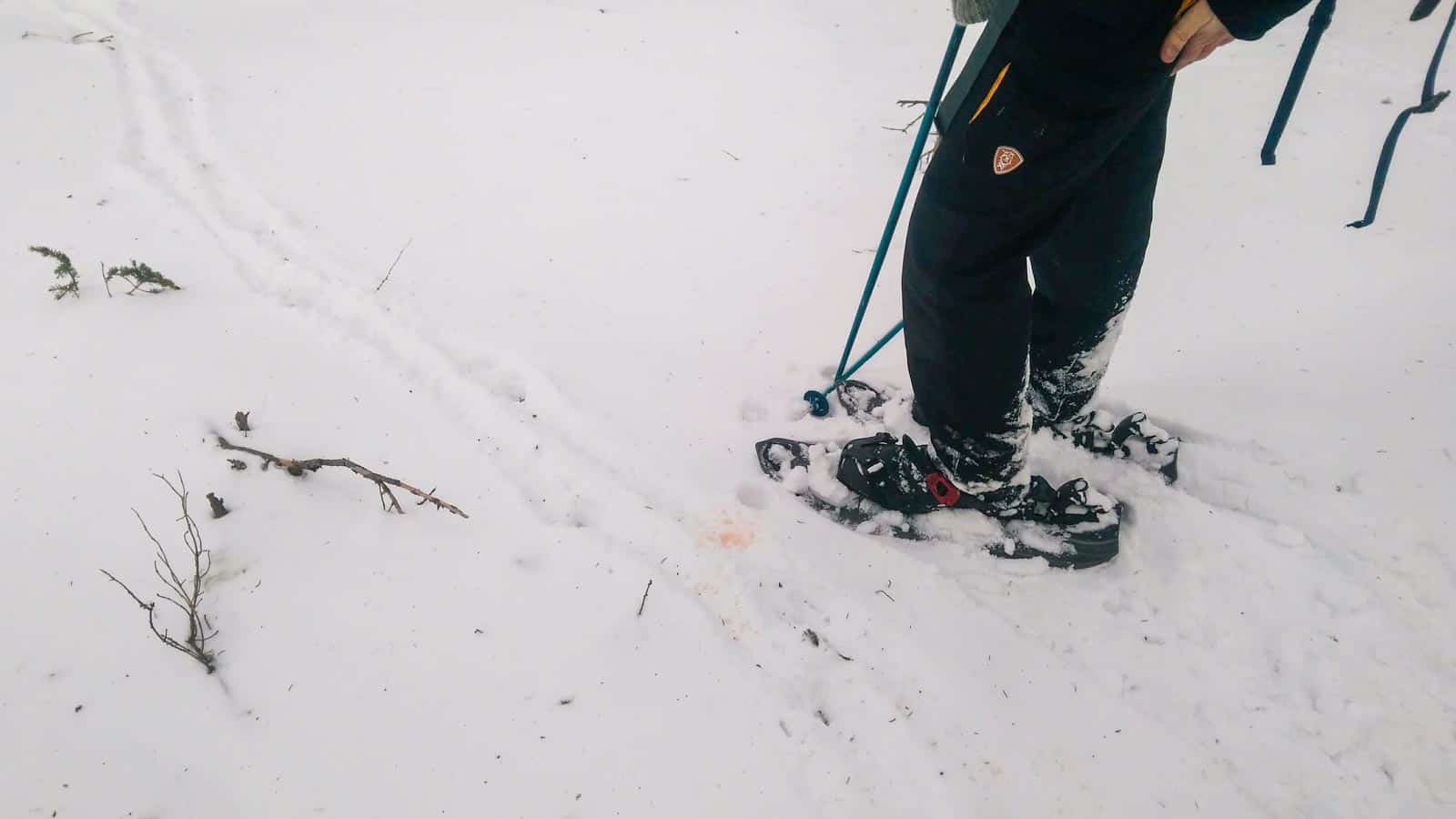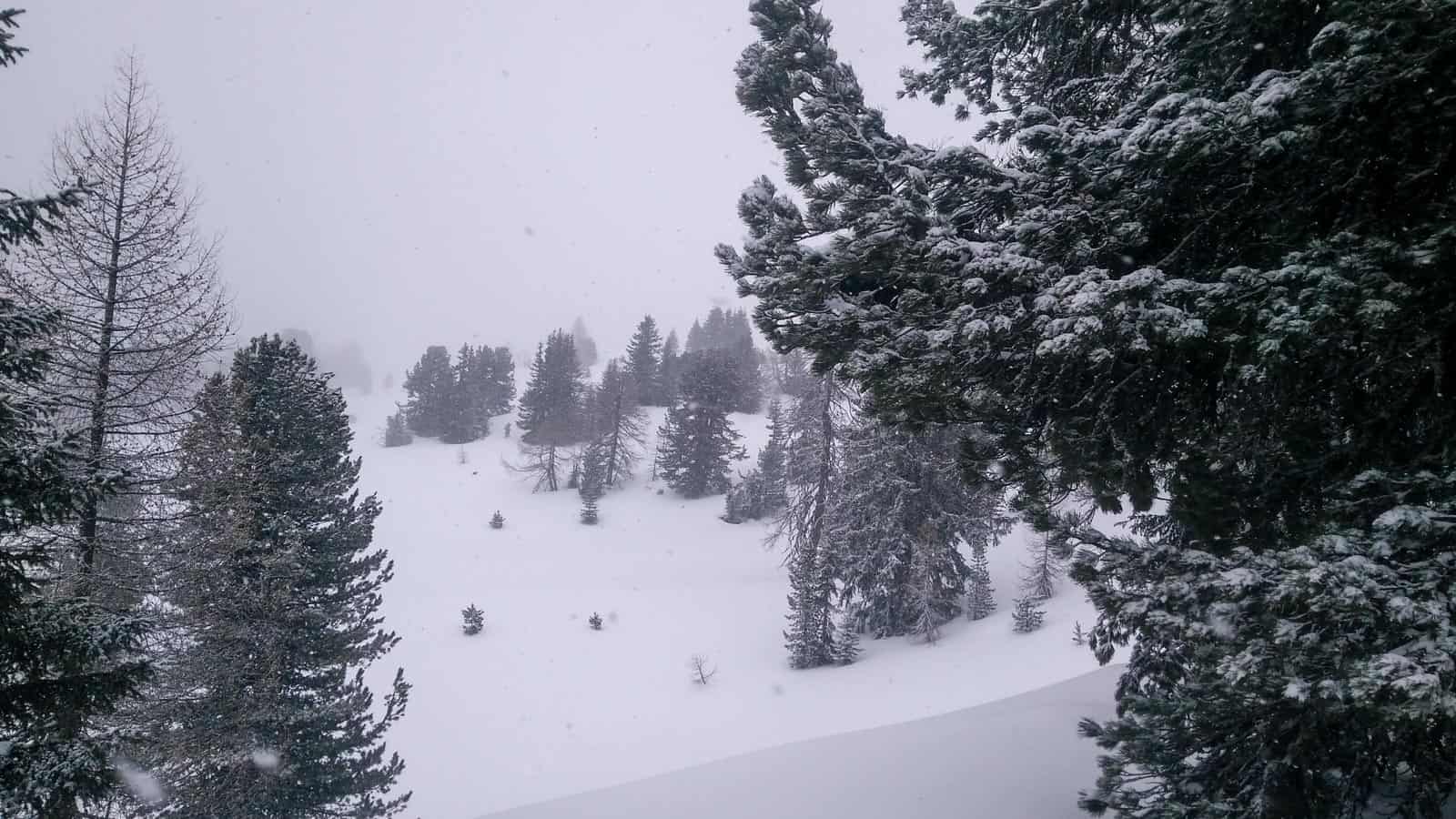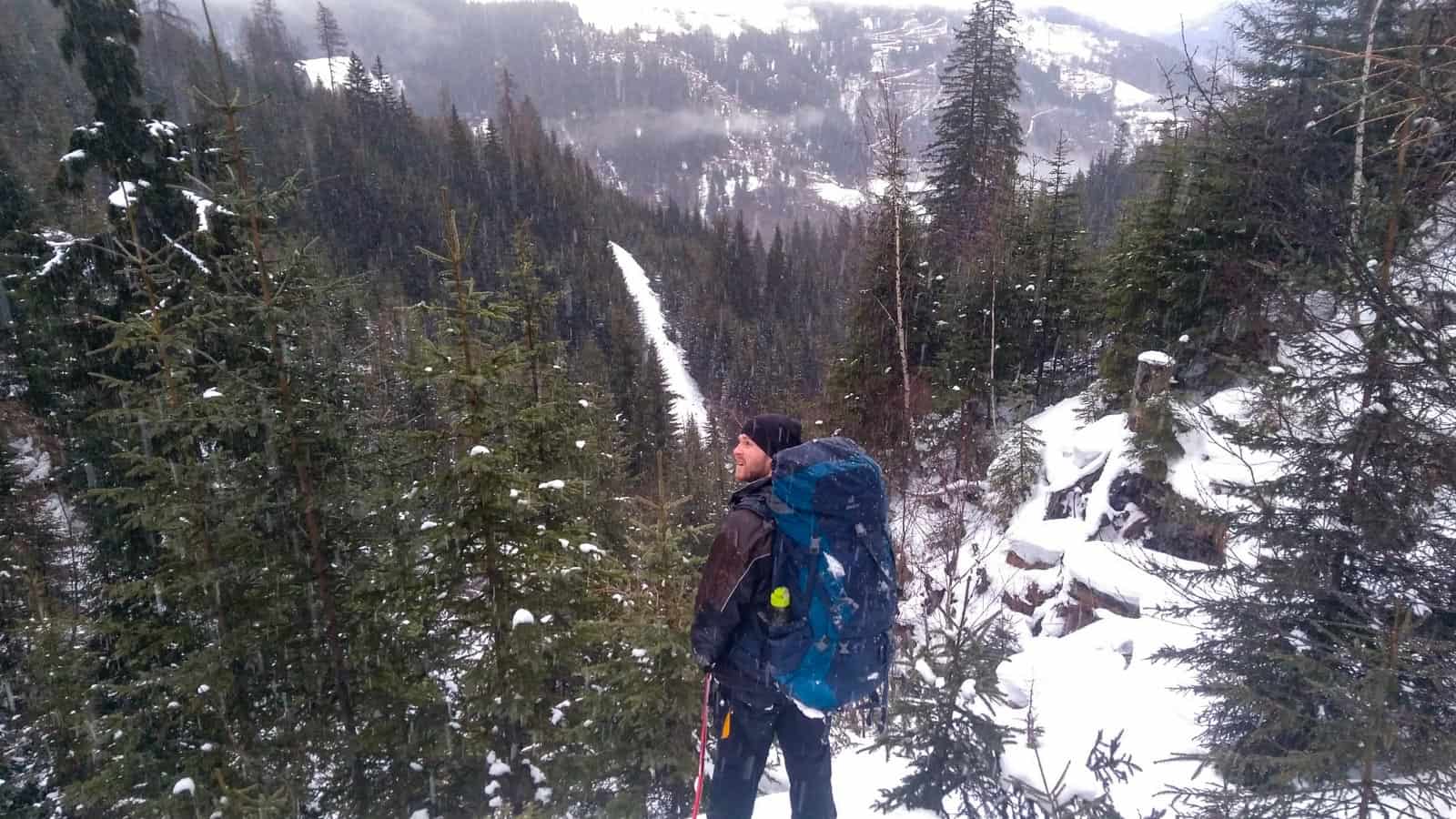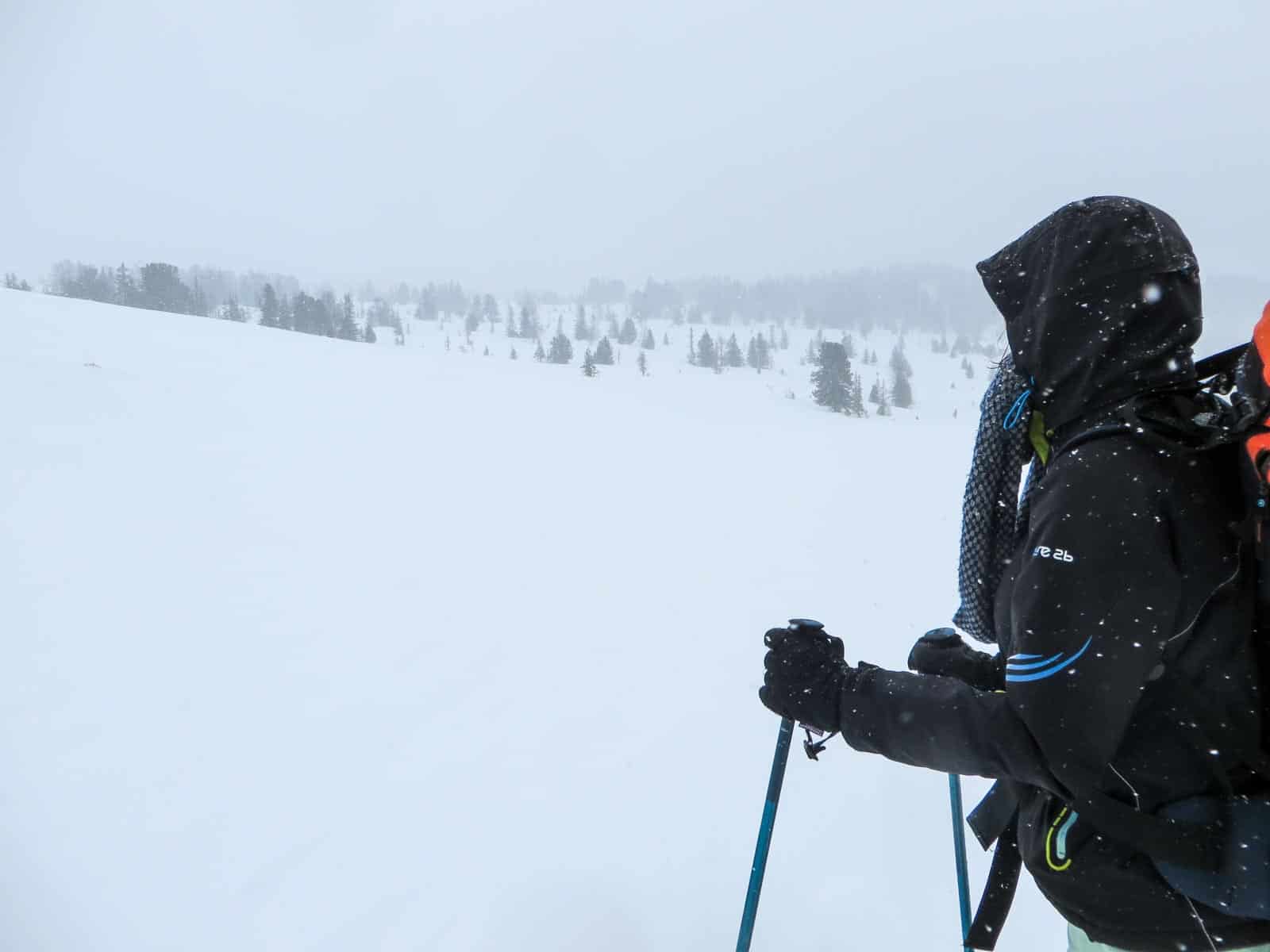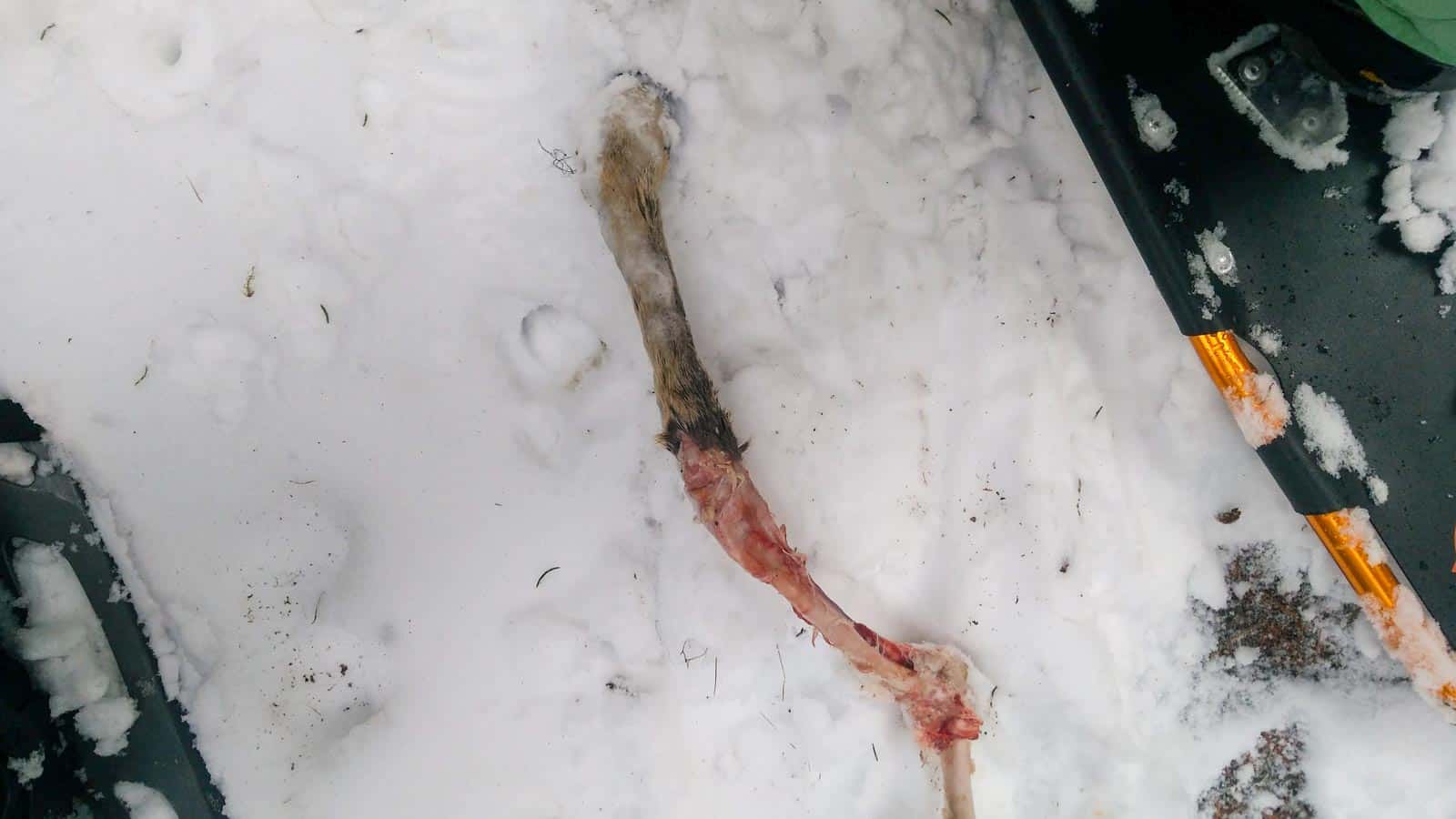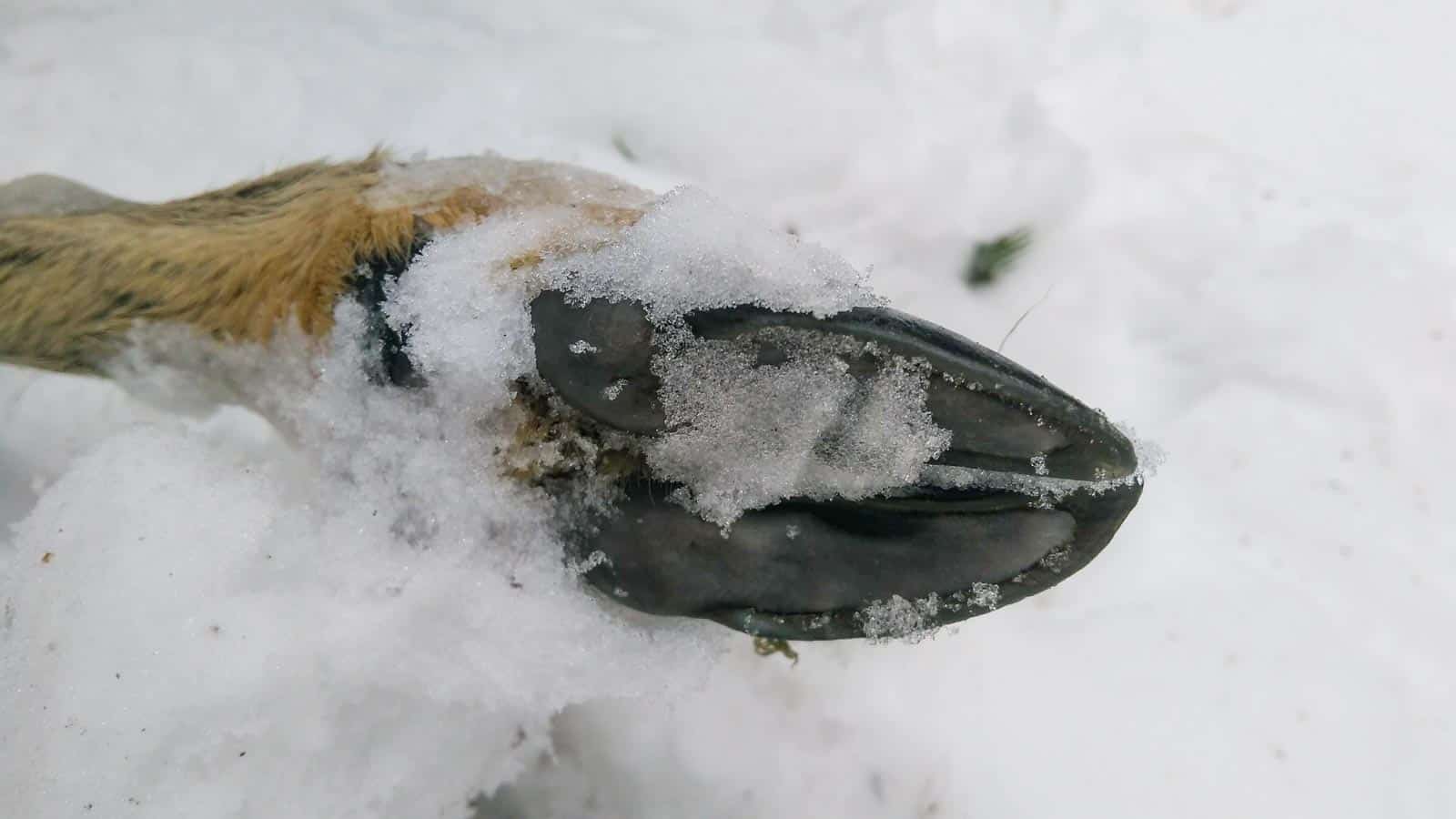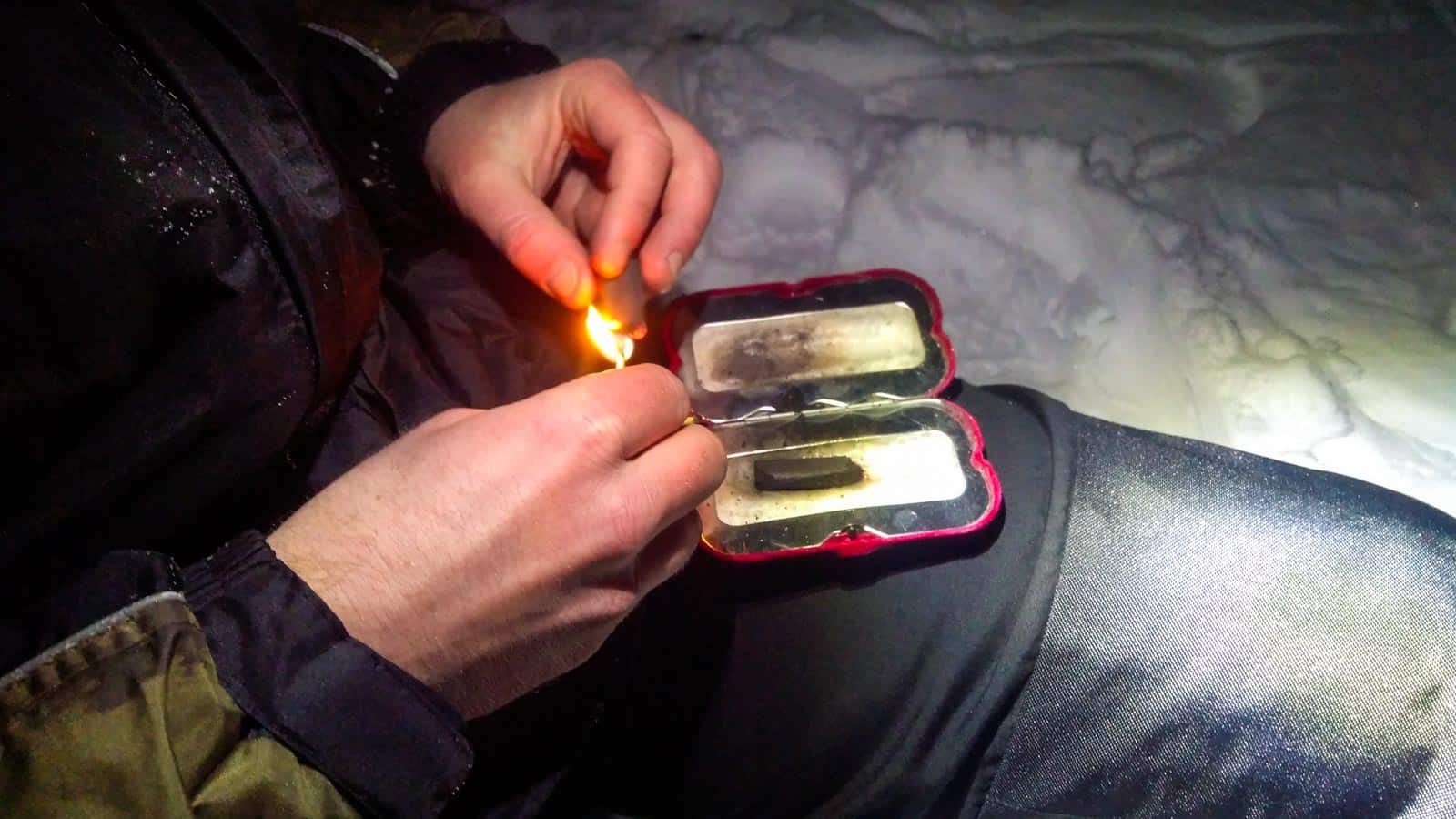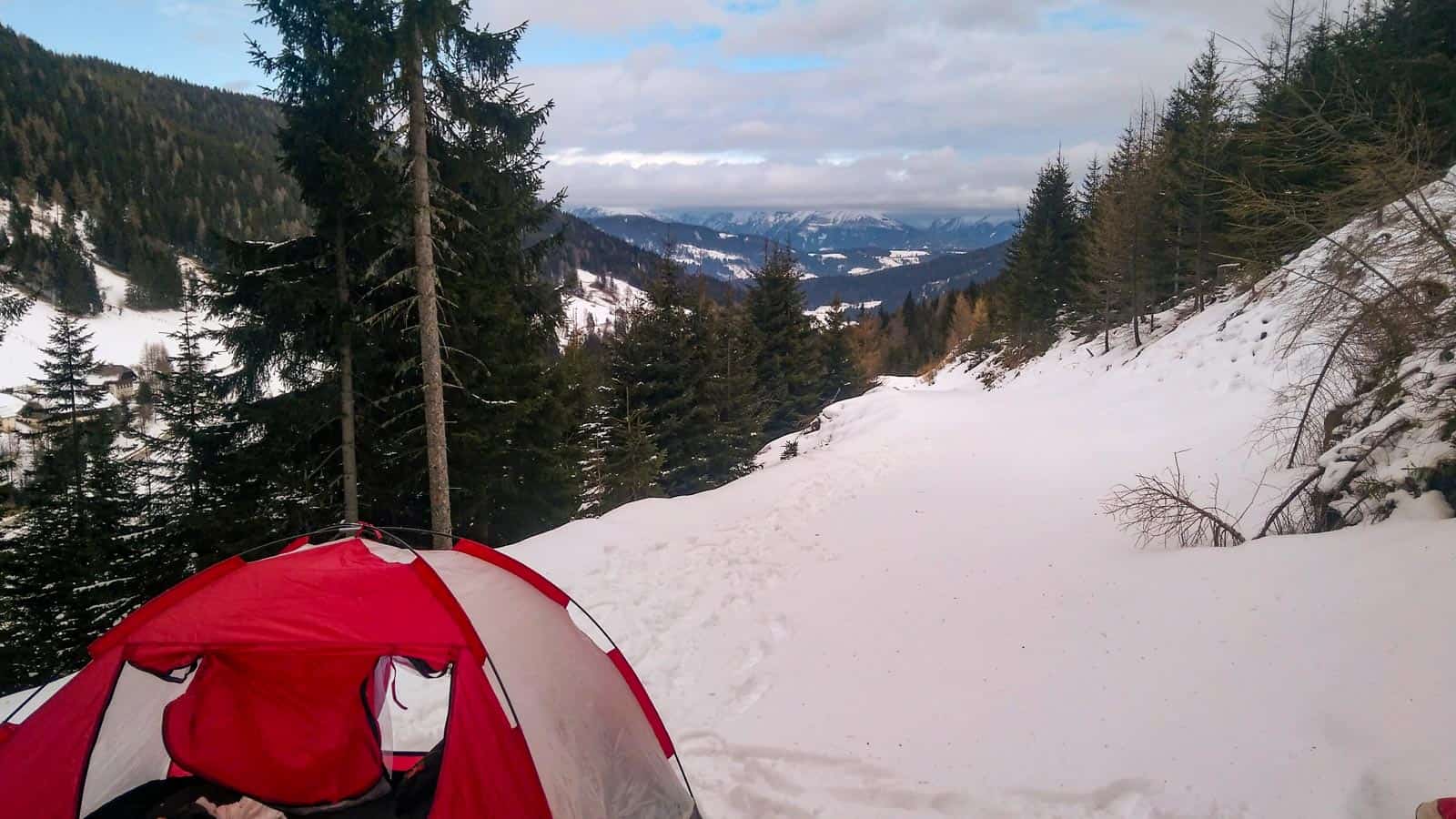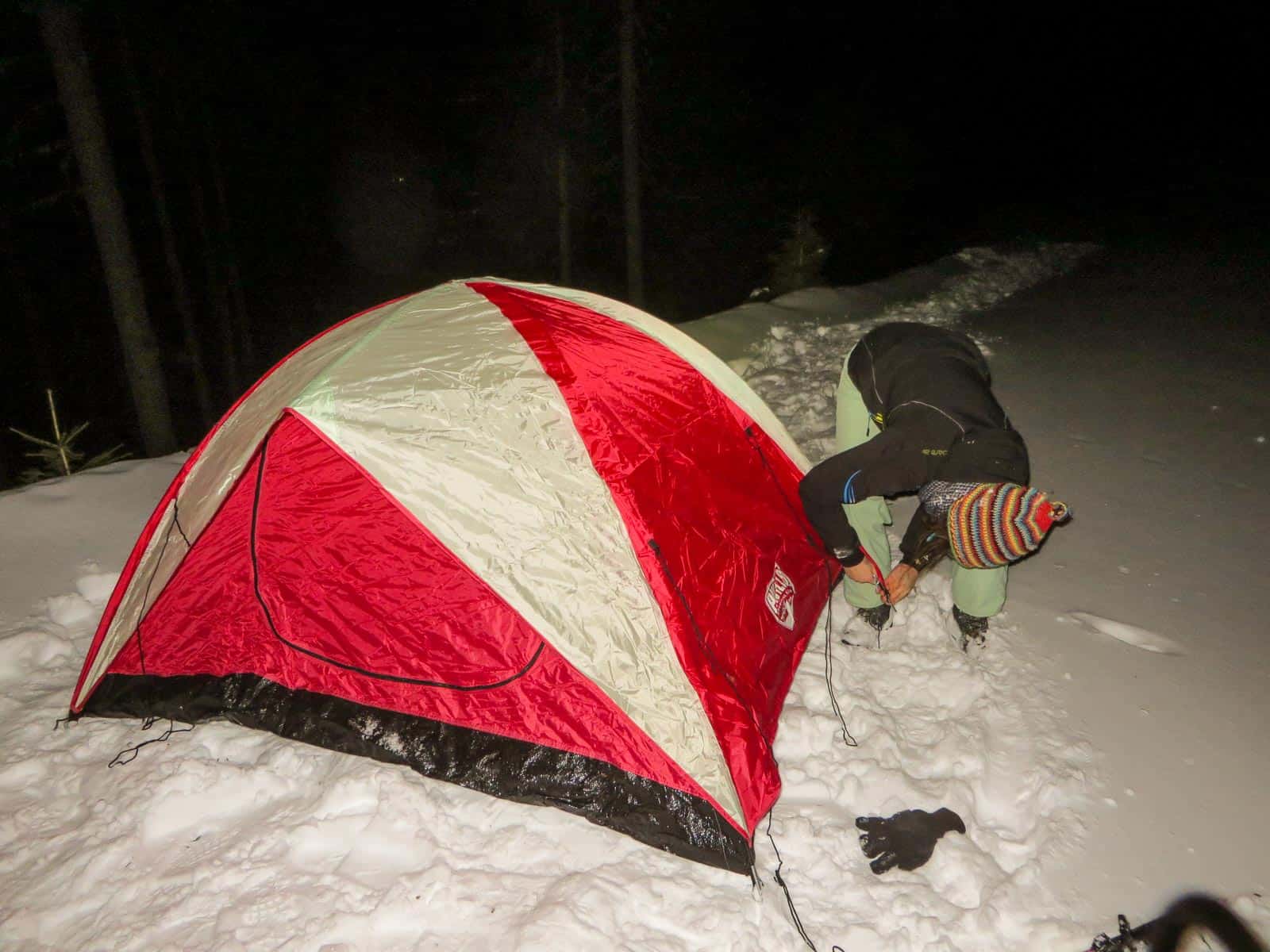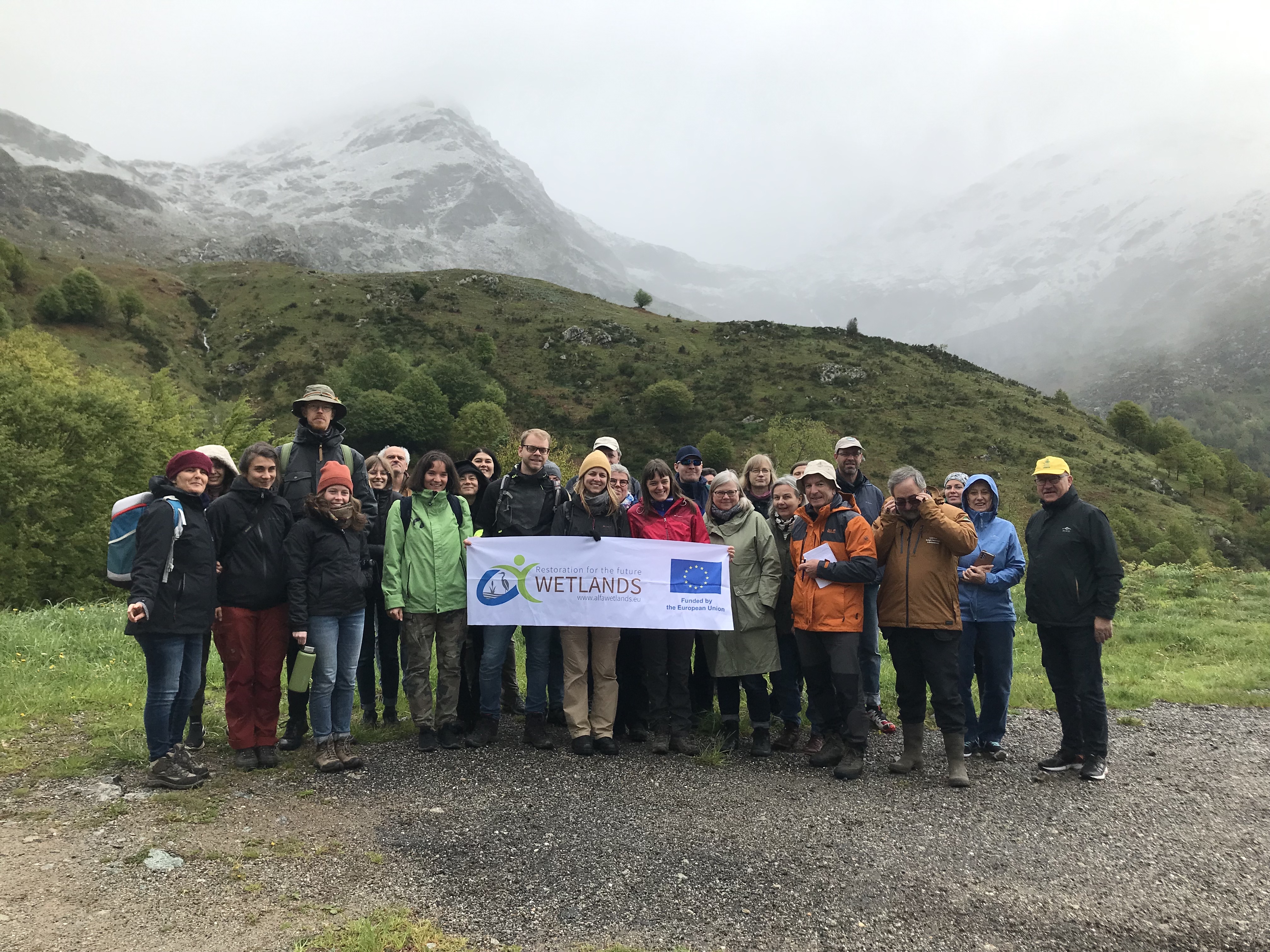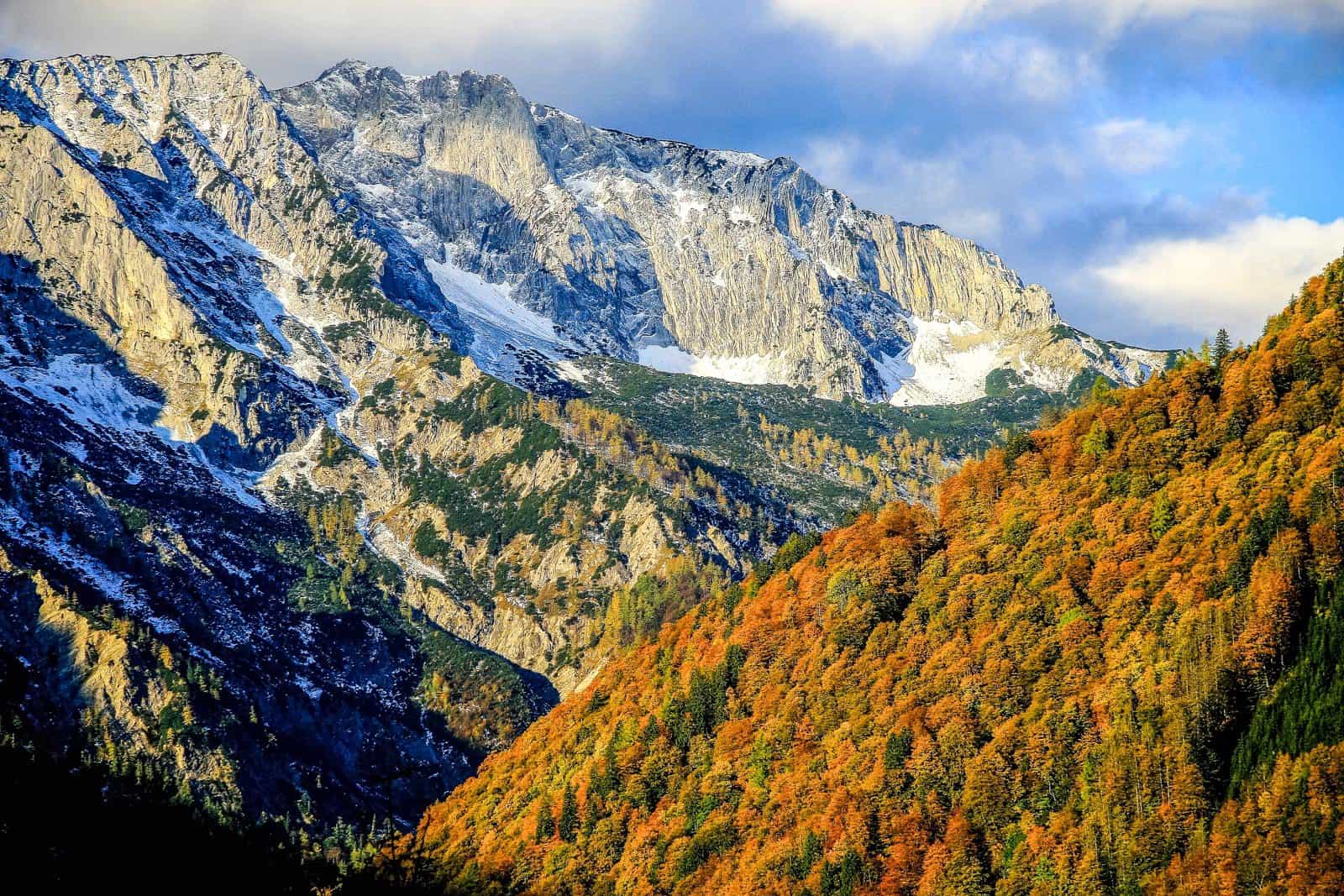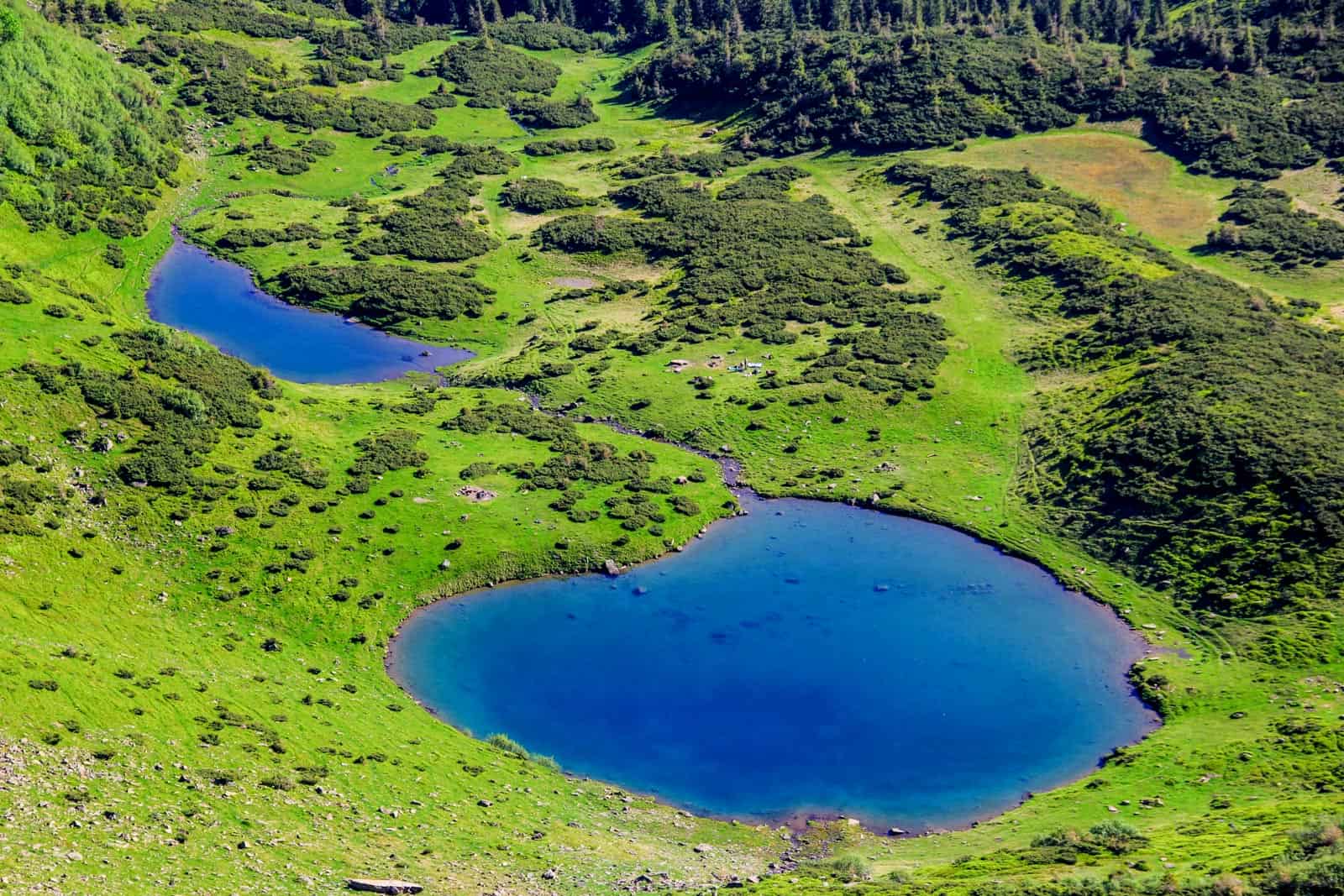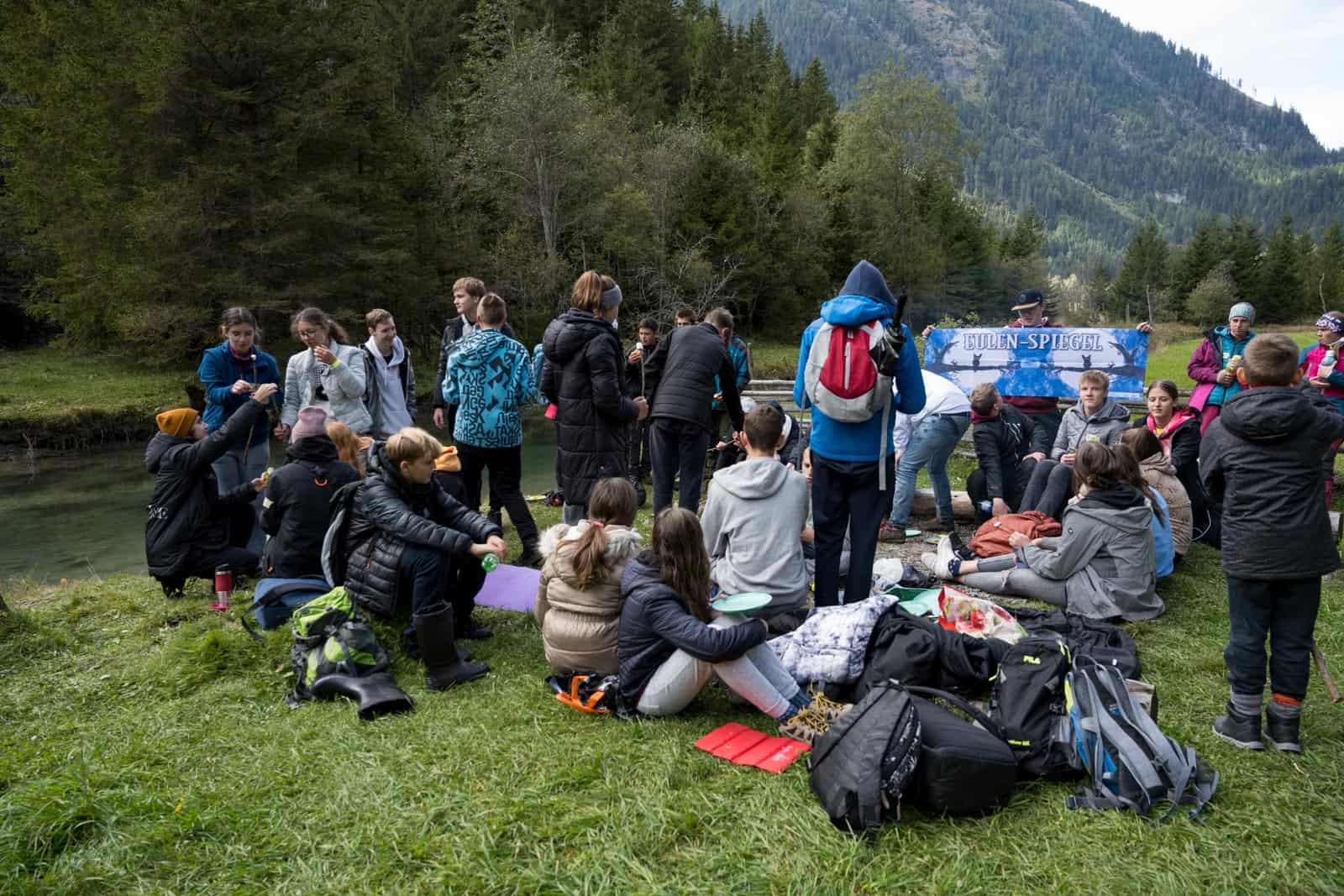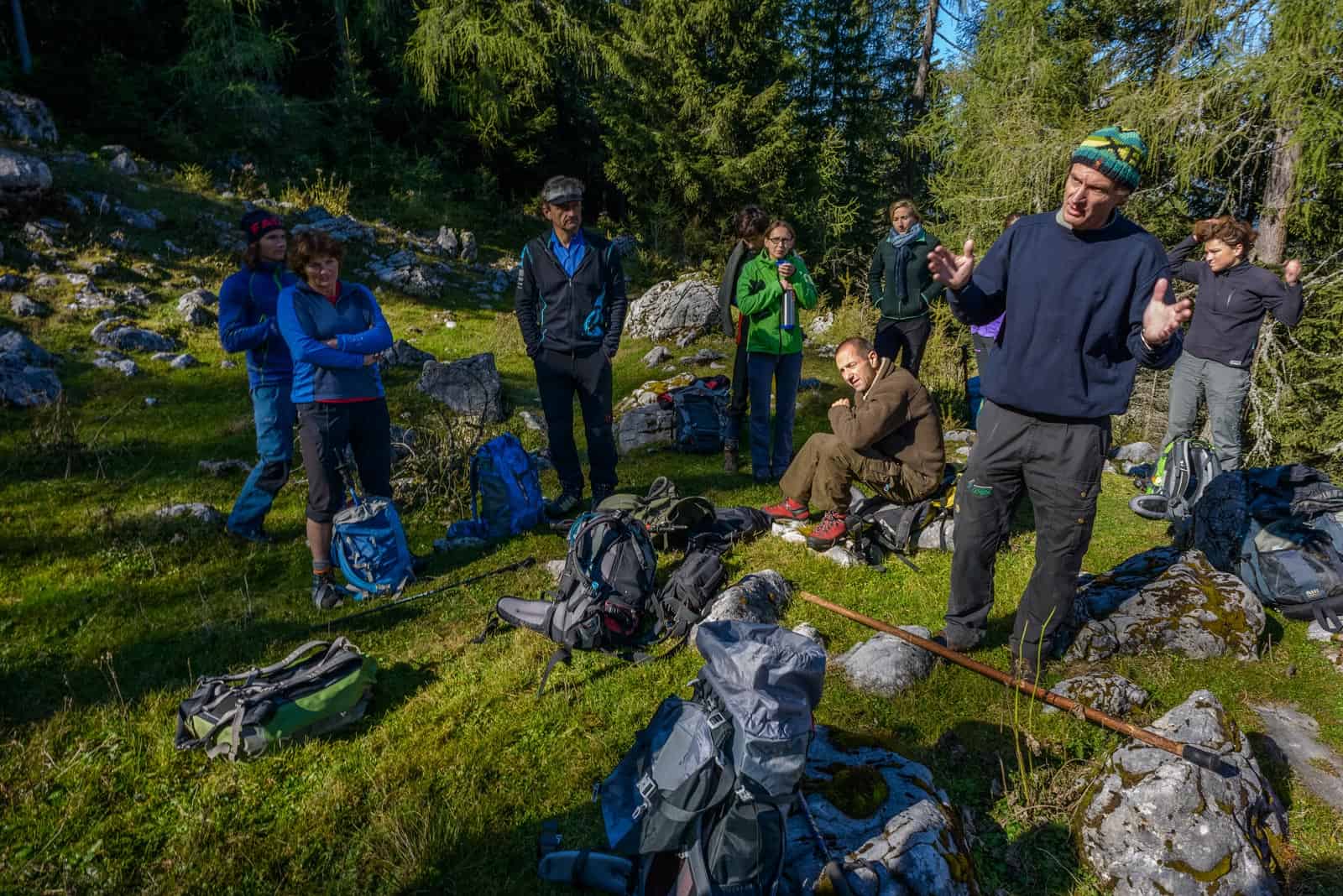Why it is worth to hike in winter and how to be prepared
Surely many of us have asked ourselves before: “Am I ready for this adventure?” If this has never happened to you, there can be two reasons why:
- You either like safety and comfort too much and therefore never set challenging goals to yourself
- You are reckless and maybe overly self-confident, therefore you are sure you will always succeed.
Needless to say, finding a healthy middle ground is the way to go. The topic is multifaceted, since all of us have different comfort zones: there are those who crave to challenge themselves continuously to achieve a sense of fulfillment, and there are those who prefer certainty to feel safe. No matter what kind of person you are, every adventure in every season requires good physical, technical and mental preparedness.
The magic of winter hikes
Exploring nature in winter provides a completely different nature experience. Walking in the harsh, silent cold in the majestic, snow-covered mountains brings a special sense of connection to our natural surroundings. Snowshoeing or ski touring is an excellent way to reach heights and ditances that would otherwise be unreachable in winter. Winter hikes in the mountains force you. There is place for indecisiveness, if you start, you have to do it all. Usually, if you go running, cycling or play football, it’s easy to stop or turn back once it’s a bit uncomfortable. Therefore, it does not necessarily bring so much challenge and fulfillment. Moreover, winter is the best time to practice your wildlife tracking skills.
How to be prepared
Careful planning is essential, let it be a one day trip or a multi-day hike. Hiking maps and the internet can provide sufficient information of the lenght, altitude difference, difficulty and conditions of the route you plan to take. Pay special attention to the weather forecast and especially avalanche forecast, as strong rain and wind increase the risk of accidents. Research and store the local emergency phone numbers and inform somebody about the your destination, route and planned return time.
Pack wisely. Pack according to the requirements of the terrain. Make sure to keep your backpack weight to a reasonable minimum, however, extra rain, cold and sun protection should always be in your backpack, together with a first aid kit, mobile phone for emergency calls (emergency phone number: 112), maps and GPS device. Take enough water (minimum 1,5 l), and enough food to fuel you during your hike. Trailmix, energy bars and dark chocolate are especially good to keep you going during the day. For overnight hikes in especially cold weather, a gas cooker and food that can warm you up after a long day’s hiking in snow can be a gamechanger.
Good outdoor equipment can make a huge difference. Good hiking shoes that are waterproof and low weight, 2-3 layers of warm clothing, a wind- and waterproof outer layer, sun glasses, (two) pairs of gloves, hat and scarf for protecting your face, gaiters (to prevent snow from getting into your shoes), headlamp, hiking sticks.
Know your limits. Read the signals of your body and don’t rush. Make regular breaks if your body needs rest, take time to check that your orientation is still right.
Prepair to repair. A pocket knife, ducktape, plastic cable ties and safety pins can help you out in a few unpleasant moments if something unexpected happens.
As always: respect nature. Do not leave waste behind, avoid noise, do not disturb wild animals and all in all, respect your surroundings.
Please also read: Respect nature
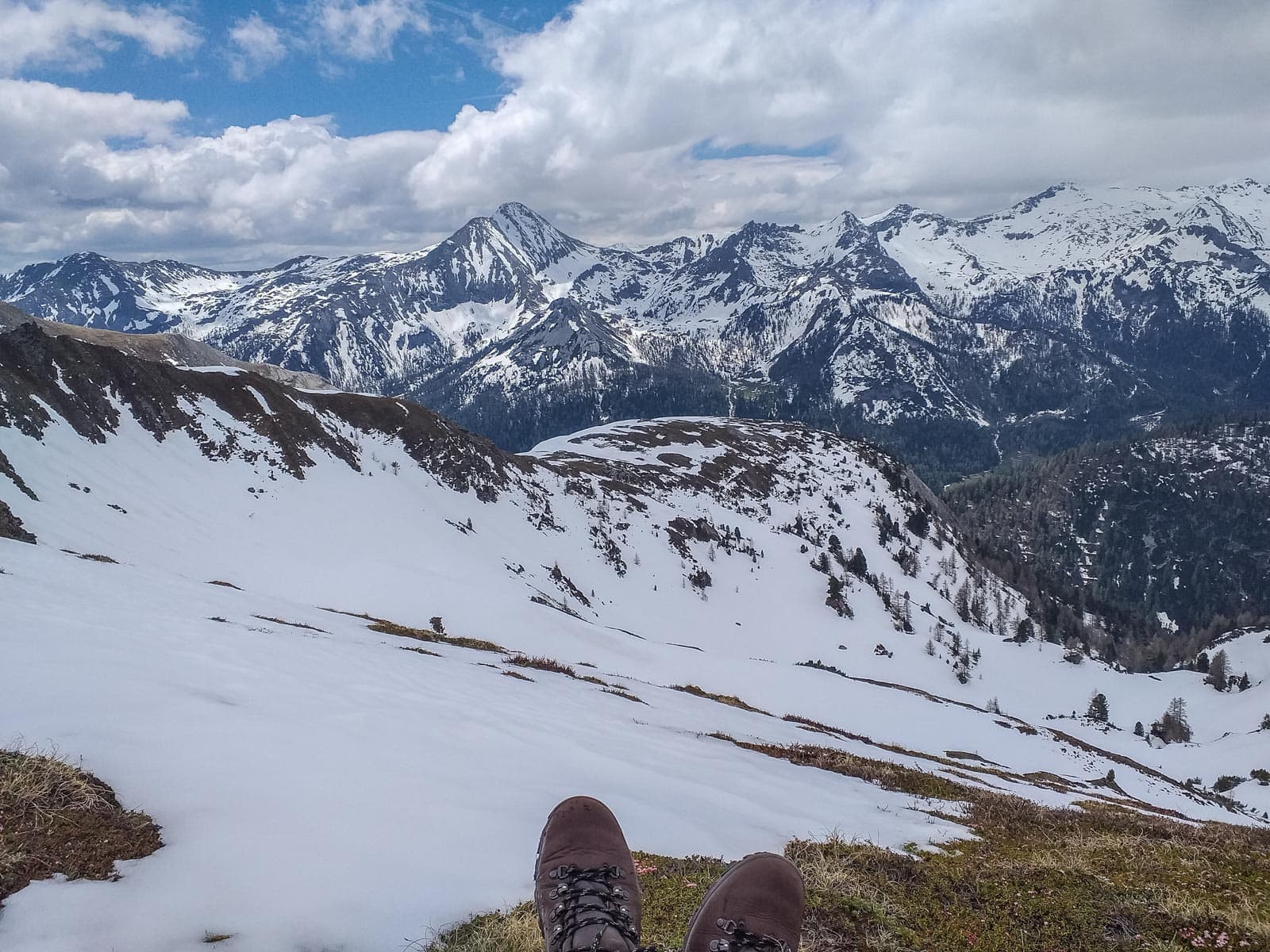
Tips for surviving winter camping
- If you plan to go all out and spend the night out in a tent, make sure you are prepared for the cold. Get a sleeping bag that is warm enough, don’t leave your sleeping mat and extra socks at home.
- Sleep with your boots – put your boots in a waterproof bag and stick them in the bottom of your sleeping bag. Nothing hurts more in the morning than frozen boots. Alternatively, if your boots are already frozen, boil some water with a rock in it, and put the warm rock into your boots. They will do magic in warming up your footwear.
- Snow is a good insulator: pack the snow in your selected campside before you build your tent. You can also make a wall of snow around your tent. Some tents even have storm flaps – the snow as well as storm flaps will secure the tent against the wind.
- Put water bottles and thermoses between or inside the sleeping bags at night to ensure the water doesn’t freeze. If you fill your bottle with warm water just before bedtime and stick it into your sleeping bag, you can even ensure a warm nights sleep.
- Boil your snow in the evening, to be ready for the next day. This saves you a lot of time in case of an early morning departure.
- Vaseline can be a lifesaver. Cover exposed skin with vaseline and they’ll be less prone to windburn and frostbite.
With this know-how in mind, plan ahead, be prepared, get out there and explore!

